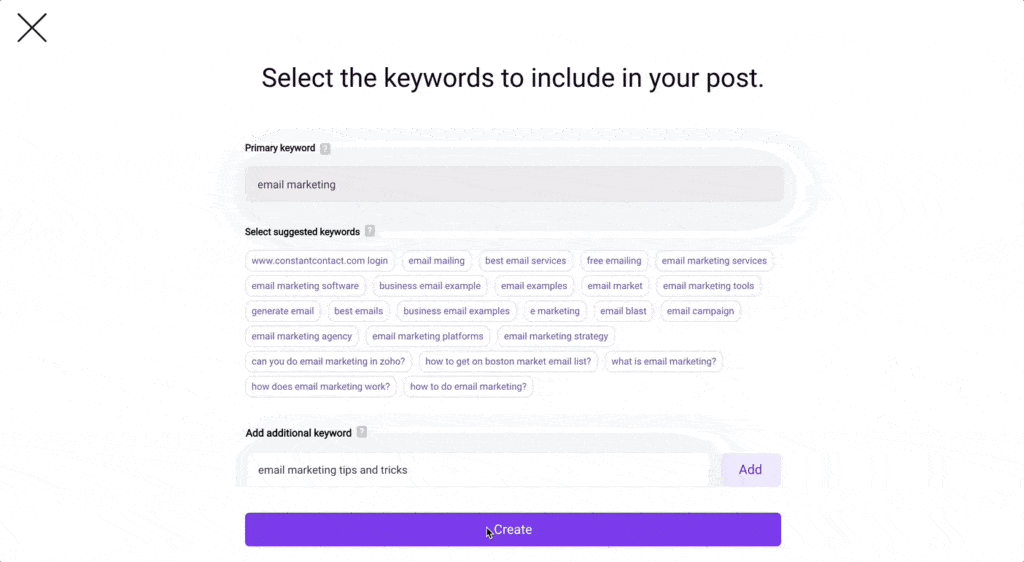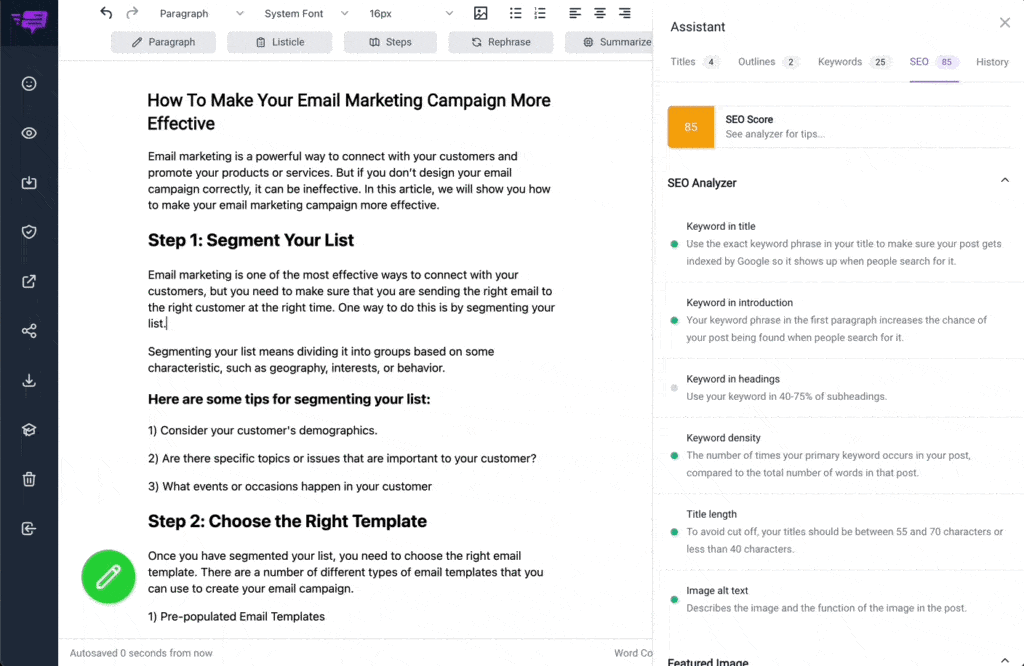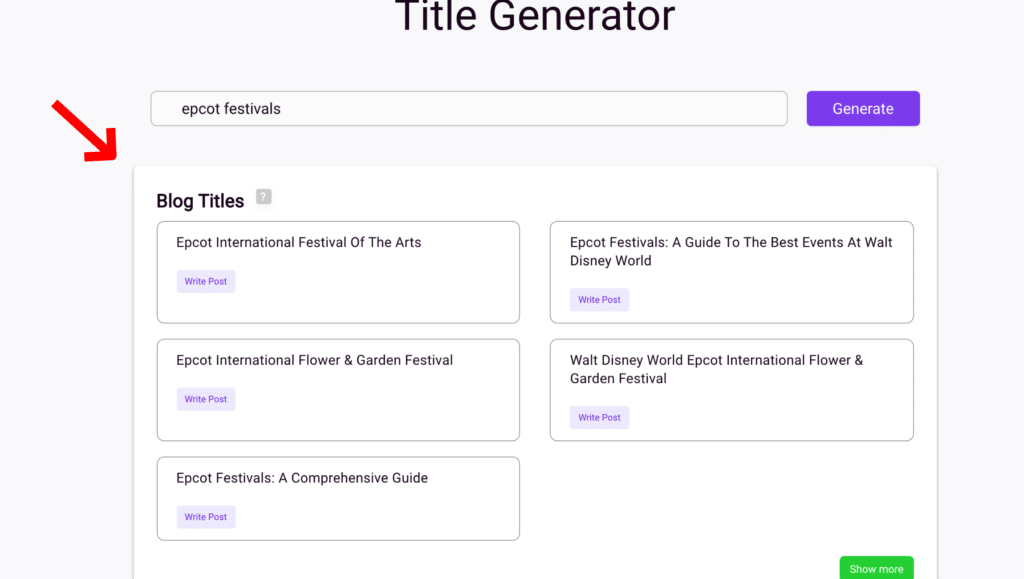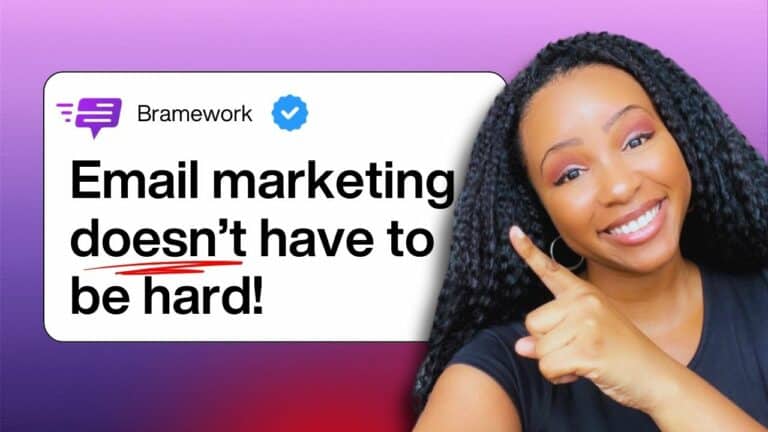Business Blogging: 11 BEST Practices to GROW Your Traffic Today!

No matter what business you’re in, it’s crucial that you understand the importance of business blogging best practices. If you’re building a business, growing a business from scratch or reinventing your brand, blogging goes along with EVERY stage.
There are many businesses that don’t understand the power of content and I hope to help you change that mentality.
When you are building a blog, there are several blogging best practices you will want to follow to increase growth, showcase value and create a valuable resource for your audience.
This will help you have a stronger business brand as your awareness continues to grow organically!

Here is what I will cover to better your blog for business:
- Do your SEO research
- Business blog formatting for success
- Focus on non-branded keywords
- Raise blog awareness
- Ask your readers questions
- Connect your content to your website
- Include relevant partners
- Create alternative titles for repurposing
- Identify with your audience
- Incorporate your story
- Proofread, proofread, proofread
11 Business Blogging Best Practices for Growth

1. Do Your SEO Research
A ton of businesses know the value of blogs, but just jump right in without doing their homework. Your excitement about starting a blog sometimes outweighs the content itself. The value of your content should be your number one priority.
Where to begin in business blogging?
The best practice is to start with your keywords.
Take your primary and secondary keywords and extend them into long-tail, several word sentences in the form of how you would search it. Form it into different style sentences and even into questions.

Time to begin your SEO research on your business! Plug your keywords into a keyword research tool like Bramework’s newest feature. Check out keyword volume, overall search and related search terms.
Your key goals in SEO research are to find out: where your target audience searches, what they search and find out how you can incorporate your blog into that search.
Create SEO-Optimized Blog Posts with First Draft PRO in Minutes!
👋 Say Goodbye to Endless Hours of Research and Writing
2. Create the Best Format for Your Business Blog
Formatting a blog can be just as important as the actual content itself. There are so many benefits of blogging and business blogs are no different. Formatting your blog is a science.

The key to formatting your blog is to think like your audience. Format it for success.
Some quick tips and tricks to format for more reach are:
- Bold, strong titles
- High-quality images
- Shorter paragraphs
- Bolded keywords and citations
- Include CTAs
- Monitor word count
- Enable comments
If you follow this shortlist, you can increase time on page, engagement with your blog and interest in your product or service. Formatting your business blog should become high on your priority list as you begin to share your content.
Keep in mind that every industry is different and will require some research as to the best formatting for that brand. Follow Google’s guidelines when it comes to word count and length of blog articles best for SEO and you should be all set.
🔍 Find Keywords That Actually Drive Traffic
Stop guessing and start ranking. Discover high-value keywords, analyze trends, and dominate your niche free and fast.
3. Focus on Non-Branded Keywords
Your primary and secondary keywords are the heart and soul of your content. When you’re setting out to create a new blog, keep in mind that your potential visitor or lead may not know your brand yet when they’re searching.
Think in the mind of your audience, not your brand.
This means that you need to incorporate non-branded keywords in your blogs for search engines (and your potential lead) to pick up on.
For example, if your target is searching for “blue lace-up running shoes for women” they may not know about your shoe company “Blue Shoes Inc.”
Be sure to include long-tail keywords that your audience may be searching for instead of just your brand name.
4. Raise Your Blog Awareness
Just like raising brand awareness, you’ll also need to make your audience is aware of your blog.

Search engines don’t just pick up your blog post once it’s been published and share it with the world. That’s your job!
Here are a few quick and easy tips to share your blog without the cheesy sales pitch.
- Share your blog post in an email newsletter and be sure to highlight it as a free resource or valuable insight to help your reader.
- Send your blog post to friends and family that will (hopefully) support your brand and share it on their social channels.
- Post your blog on social media with helpful insights, quotes or hashtags that apply so it can be found easily.
- Email your citations and references to let them know that they were featured and encourage them to share (with no strings attached).
Content and blog posts can be the core of your social media marketing plan if you do it consistently.
The key is to not spam inboxes or social feeds too much or with the intent to sell. Your intent should be to educate.
This also goes along well with converting social media to sales for business! Content and social media go together like peanut butter and jelly.
5. Ask your Readers Questions
When you’re creating your blog, instead of talking at your audience, think about talking with them.

According to Neil Patel, asking your reader open-ended questions is great blog etiquette because it encourages engagement and promotes a caring perspective.
Asking your audience questions encourages engagement and trust.
While we teach you business blogging best practices, understand that the content you write is up to you.
How you format it, what you include in it and the way that you do it should all become part of the best practices for your brand.
If you’re creating a blog post about shoes and the importance of the make of a running shoe, ask your audience what they think. What brand do they recommend and why? What style of shoe helps runners and why? How long do they use a runner shoe, etc?
Include these questions throughout your article as it pertains to each topic or subheading.
You can also include a Click-to-Tweet to share these questions (and your blog article) to the social world.
Here’s a great example.
Asking questions to your audience in your content encourages engagement and trust. What do you think? #contentmarketing Share on X6. Connect your Content to your Website
A big part of blogging for business is that you want to make sure your audience understands the connection to your brand. Your blog is your portal to the world and should have a secure connection back to your product or service offered.

It seems like a very simple step, however, business blogging best practices seem to overlook this.
When you create your blog post, it should have several internal links to other pages on your website including services, about us, previous blog posts that are relevant or even plans/packages available.
Connecting your content to your website should be creative and informative!
It shouldn’t be out of place, stand-alone or in a sales style pitch. Linking to other pages within your content should feel natural and organic as it flows throughout the article.
7. Include Relevant Partners
A goal of content marketing should revolve around partnerships and relationship building.
When you create a blog, keep in mind the people you want to connect with and make it a point to include them in your article.

Including relevant partners is a unique balance between linking appropriately and asking permission to share other people’s content.
When you place an external link in your content it should be relevant, educational and someone that is not a competitor (seems obvious). It should also be someone that could either help promote your brand or partner alongside you.
A great way to think about this is to lift up others in your content by featuring their expertise.
When you shine a light on other’s successes it reflects back on you in a positive way.
You aren’t selling anything to them or asking anything of them, that will come later if they are the right partner.
Your goal in sharing relevant partner links is to create lasting partnerships. This could come in many forms. It could mean ongoing publishing relationships, affiliate marketing, or referral business.
8. Create Alternative Titles for Repurposing
A title can make or break a business blog, according to the SEO experts. If your title isn’t bold, keyword centric or involving the right parameters to hit the search engines, it could hurt your chances of reach.
When hitting all the business blogging best practices, you want to create several alternative titles for several different reasons. The most important reason is to track the data of clicks, opens and time on page in Google Analytics.

Another reason is to repurpose your article (if it’s evergreen) at a later date. This has mega value to both your website and Google’s guidelines for SEO.
Along with changing the title, be sure to edit the content itself to make sure it’s up to date!
9. Identify with your Audience
What does it mean to identify with your audience through your business blog?
It means that you must learn a little about who you’re targeting before you ask them to read your content or provide valuable information that they potentially need.

I’ve already covered how important it is to find out where your audience surfs, what they like to consume as far as content and where they find it.
Now you can put yourself in the mind of your target and start writing. But how?
A few quick examples of identifying with your audience could be:
- reading what they read
- asking questions about them
- finding out what they share
Once you do your thorough research you can then confidently write your content to identify with your audience.
Be open to writing differently than you would normally as you will be speaking their language! It will pay off when you get those comments rolling in.
10. Incorporate your Story
In business, it’s all about connection. The goal is to make a connection to your audience that’s profound and trustworthy enough to become more.

When you’re creating content, connections must be made to not only your brand but also your team. The easiest way to go about this is to incorporate a personal touch by adding your story to your blogs.
People love an origin story!
A quick and easy tip for this is to be as real as humanly possible. Don’t fake it or be afraid that it’s not professional enough, be transparent enough so that you are showing all your cards.
If you’re struggling, write about it. If you’re successful, write about it. The connections built from this are priceless.
Check out a few of these awesome tips on bringing personal stories into blogs by CoSchedule Blog.
11. Proofread, Proofread, Proofread (Business Blogging Best Practice)
It seems simple enough to remember to take your time on grammar, however, it is such a common mistake in business blogs that it needs to be mentioned in this article (three times).

If a reader is perusing your articles and finds errors, it’s a symbol of mistrust and it could end up being an abandoned lead. Grammar and spelling are extremely important in expressing your expertise when trying to obtain a loyal audience.
We recommend using tools like Grammarly to be sure you’re following all the right writing rules.
Bramework Wrap Up: Business Blogging Best Practices
I hope this has helped you learn business blogging best practices. Content is an excellent lead generation and website building tool if it’s done correctly.

What business blogging best practices did I miss? Let me know!
Whether you’re starting a business, own a long term brand or are looking to revamp your content strategy, we are here for you when it comes to blogging.
Bramework is created by bloggers. We had been manually writing blogs and testing the right blog titles, keyword search process, blog length, SEO, layout, meta-tags, and image alt text for our businesses.
We believe you can increase your brand awareness using blogs, so you can reach more customers and grow your business – and it shouldn’t take a lot of time.
Reach out if you would like to learn more.
UP NEXT: 21 Ways to Repurpose Your Blog Content
Image credit: Unsplash.com
(Original Article Date: January 14, 2020/Updated by Editor on April 27, 2022)
🎓 Join the Ultimate Blog Ranking Academy!
Unlock the Secrets to a $10,000 per-month Blogging Income




